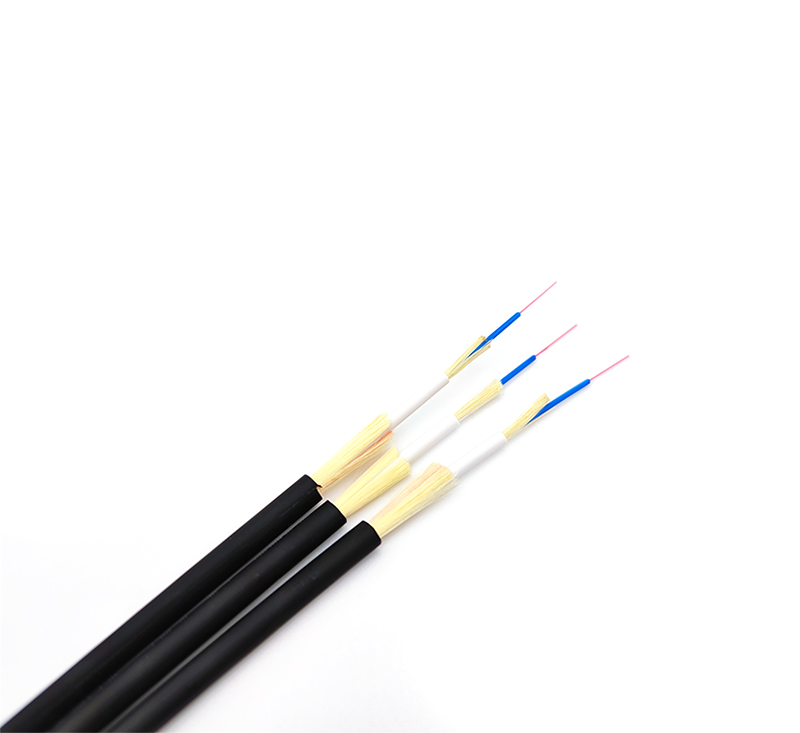Leather cable, also known as butterfly cable and figure 8 cable, is widely used in residential building access networks because of its softness and lightness. What problems should be paid attention to in the project of leather cable?

First of all, you should try your best to use the existing hidden pipes to lay the optical cables. For residential buildings without hidden pipes or where the hidden pipes are not available, it is advisable to lay corrugated pipes in the building to lay the optical cables. For residential buildings with vertical wiring bridges, corrugated pipes and floor-passing boxes should be installed in the bridges for the passage of leather-line optical cables. If there is no space to install corrugated pipes in the bridge, wrapping pipes should be used to wrap the optical fiber cables laid inside to protect the optical cables.
Secondly, the minimum bending radius of the laying fiber optic cable should meet: it should not be less than 30mm during the laying process; it should not be less than 15mm after fixing. Since the leather cable cannot be immersed in water for a long time, it is generally not suitable for laying directly in the underground pipeline.
It should be noted that the traction force when laying the leather cable should not exceed 80% of the allowable tension of the cable; the instantaneous maximum traction force should not exceed 100% of the allowable tension of the cable, and the main traction force should be added to the strengthening member of the cable.
In addition, the optical cable reel should be used to carry the leather cable, and the cable release bracket should be used when laying the optical cable, so that the optical cable reel can automatically rotate to prevent the optical cable from being entangled. In the process of laying the cable, the tensile strength and bending radius of the cable should be strictly paid attention to to avoid the cable from being entangled, twisted, damaged and stepped on.










